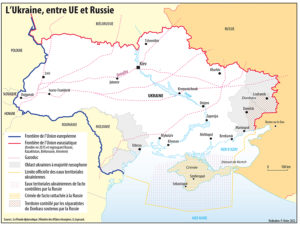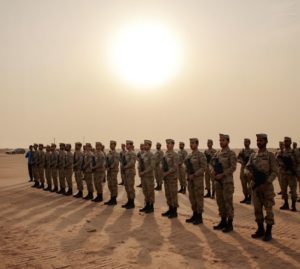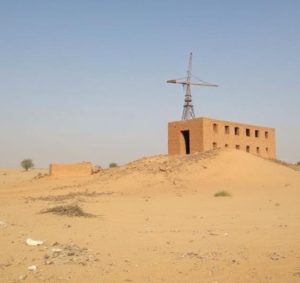 Paul AMARA, Consultant, Center for Strategies for Security in the Sahel-Sahara (Centre 4s.org)
Paul AMARA, Consultant, Center for Strategies for Security in the Sahel-Sahara (Centre 4s.org)
Faced with Western ambitions to anchor Ukraine within its military organization, NATO, Russia launched its « operation » against the country on February 24, 2022. What was supposed to conclude in a few weeks has turned into a major conflict. While weapons crackle on the front lines, bombs explode, and no less deadly drones hover, Ukraine has begun fighting Russia all the way to the Sahel, supporting the jihadists with military advisors and weapons initially intended for the theater of combat on its soil. At the same time, it is attempting to counter Russian influence with a diplomatic offensive and offers of cooperation in Africa. Its unexpected intrusion into the Sahel complicates the fight against terrorism by the armies involved. One of the strongest indicators of the scale of the fighting is the number of casualties. Indeed, the Ukrainian army’s losses amount to approximately 600,000 dead, with nearly 500,000 wounded and 200,000 deserters. On the other hand, Russia has suffered 110,000 dead and 300,000 wounded. The latest news is not good for Ukraine and its allies. Towns are falling into Russian hands, one after the other. Lablonivka, in the Sumy region, located about 25 km from the regional capital of the same name, has been conquered. In the Donetsk region, where most of the fighting is taking place, the Russian army has taken control of the towns of Komar and Kopteve. It was there that Vladimir Putin announced his intention to establish a « buffer zone » to protect against Ukrainian incursions into Russian soil. Ukraine and the West are now convinced that Russia cannot triumph.
Read More
 Limam Nadawa, Consultant, Sahel Center for Security Strategies Sahara Centre 4s.org
Limam Nadawa, Consultant, Sahel Center for Security Strategies Sahara Centre 4s.org
 Paul AMARA, Consultant, Center for Strategies for Security in the Sahel-Sahara (Centre 4s.org)
Paul AMARA, Consultant, Center for Strategies for Security in the Sahel-Sahara (Centre 4s.org) This Tuesday, September 23, the 80th session of the UN General Assembly will open in New York. Its theme— »Better Together: More than 80 Years of Serving Peace, Development, and Human Rights »—is eminently laudable. It offers an opening in an international context no longer characterized by a Cold War, but rather by real, deadly wars—Gaza, Ukraine—between Europe and Russia, and between Israelis and Palestinians. In this unprecedented context, that wish— »Better Together »—constitutes a hope for ending wars and reviving belief in peace.
This Tuesday, September 23, the 80th session of the UN General Assembly will open in New York. Its theme— »Better Together: More than 80 Years of Serving Peace, Development, and Human Rights »—is eminently laudable. It offers an opening in an international context no longer characterized by a Cold War, but rather by real, deadly wars—Gaza, Ukraine—between Europe and Russia, and between Israelis and Palestinians. In this unprecedented context, that wish— »Better Together »—constitutes a hope for ending wars and reviving belief in peace. Paul AMARA, Consultant, Center for Strategies for Sahel-Sahara Security, Centre4s.org
Paul AMARA, Consultant, Center for Strategies for Sahel-Sahara Security, Centre4s.org Introduction par Ahmedou Ould Abdallah, president centre4s
Introduction par Ahmedou Ould Abdallah, president centre4s